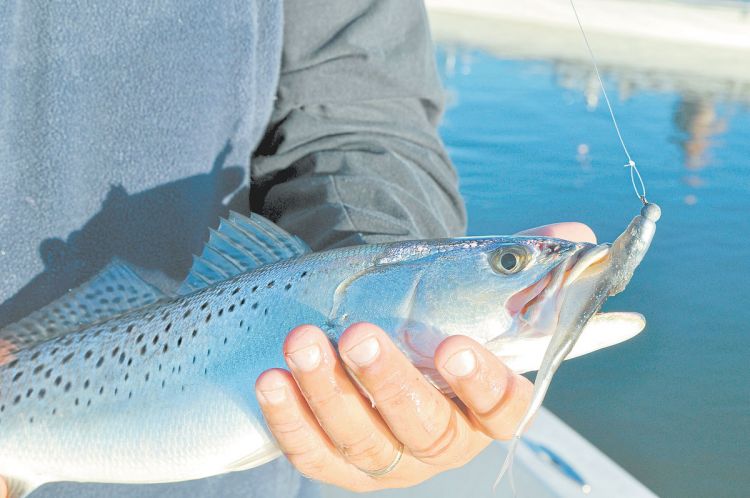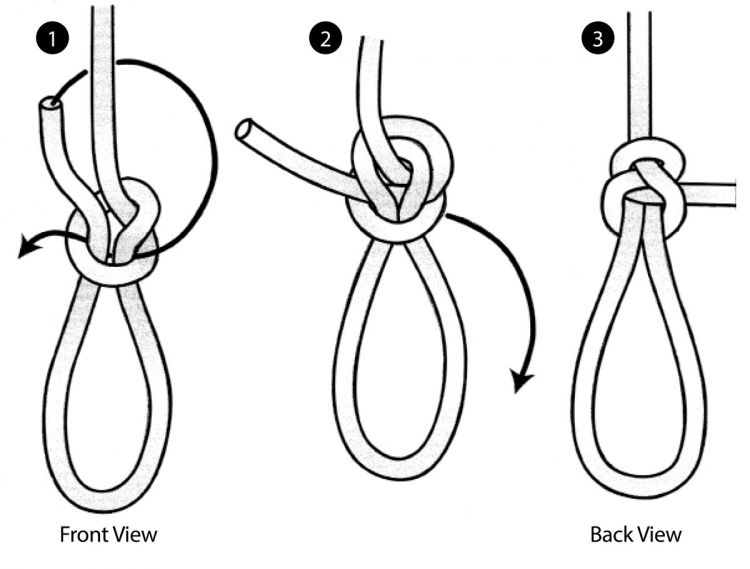
Allows lure to move freely and generates more strikes
Many anglers have been fishing with someone, casting identical lures, with one angler catching fish and the other catching nothing.
That result can’t always be explained just by casting to different spots.
Anglers Robbie Hall and Tommy Jones tie their soft-plastic lures to their leaders the same way — with a loop knot — and they get identical results.
A loop knot isn’t difficult to tie, although many people don’t understand why it works and don’t bother using it.
“I tie on just about every one of my lures — the same way,” said Hall, who uses the end of his fluorocarbon section to tie a loop knot that holds a lure to his leader.
 The knot is a ½-inch oval that allows the lure to move more freely than tying a lure directly to the eyelet via a clinch knot. The connection allows a lure to move up and down, plus side to side — especially when it’s falling or caught in current and held in place by line resistance.
The knot is a ½-inch oval that allows the lure to move more freely than tying a lure directly to the eyelet via a clinch knot. The connection allows a lure to move up and down, plus side to side — especially when it’s falling or caught in current and held in place by line resistance.
“It gives a lure more action,” Hall said. “I think I get more bites with a loop knot than any other knot.”


